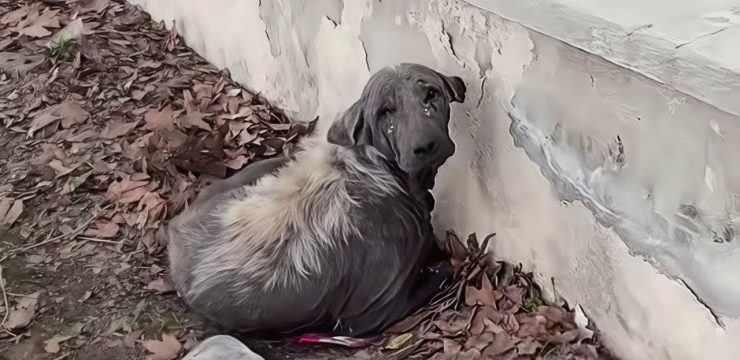The brother of Christine Chubbuck, the television news anchor who shocked the world by taking her own life live on air, has finally opened up after decades of silence. For Greg Chubbuck, not a single day has passed since 1974 without thinking about his sister’s tragic and public death, an event that left an indelible mark on broadcast history and his own life.

On the morning of July 15, 1974, Christine Chubbuck sat at her anchor desk in the Sarasota, Florida studio of WXLT-TV, ready to host her regular show Suncoast Digest. The program focused on local community affairs and typically reached a modest audience of about 500 viewers. But that day’s broadcast would be remembered not for its topics, but for the horrific turn it took. Christine had been the heart of the show since it began in 1972. “It was her show,” her brother Greg told People magazine. “She did everything herself and made very little money.” At just 29 years old, she earned around $5,000 per year, according to a 1975 article from The Washington Post.
That Monday morning, Christine calmly reported three news items. She then attempted to introduce a taped story about a shooting that had taken place the night before. But the video failed to play due to a technical issue. Unfazed, Christine brushed back her dark hair, looked straight into the camera, and, with unsettling calmness, uttered words that would shock viewers and become a chilling part of media history: “In keeping with Channel 40’s policy of bringing you the latest in blood and guts, and in living color, you are going to see another first—an attempted suicide.” With that, she reached under the desk, pulled out a revolver she had hidden earlier, and shot herself in the head on live television.
The screen quickly cut to black as Christine collapsed forward onto the desk. The station’s technical director, Linford Rickard, rushed into the studio, believing it was a tasteless prank. “I went flying out to the studio thinking it was a very uncouth joke, and I was going to give her a mouthful,” he said. But when he saw the blood, he realized it was tragically real. Christine was rushed to Sarasota Memorial Hospital and passed away 15 hours later.
Although she didn’t leave behind a traditional suicide note, Christine left something just as haunting: her final script. Spattered with her own blood and written in the third person, the document described a news anchor who shot herself on live television and was in critical condition at the hospital. Her final spoken words—“an attempted suicide”—initially confused many. But coworkers later explained that she deliberately framed it that way, unwilling to report it as a completed suicide in case she survived. Her mother later said, “Chris was hedging her bets.”
Christine’s struggle with mental health began long before that fateful morning. Her brother Greg revealed that she had been battling depression since she was just 10 years old. “There was a lot of sadness in her heart,” he shared in a 2016 interview with The Sun. “Nothing brought her joy in the way success or achievement brings joy to others.” Looking back, Greg believes Christine may have been bipolar, though that diagnosis wasn’t widely understood or recognized in the early 1970s. He recalled how she would excel at a skill or task, then suddenly stop and move on to something else—behavior he now sees as a potential sign of bipolar disorder.
At the time, doctors diagnosed her with general depression, and the limited treatment options available might have worsened her emotional state. “It was the most unexpected thing in the world,” said Dan Lunin, former chief engineer at WXLT. “None of us had any idea there was a real problem. We’ll never truly know what was in her heart or mind.”
For Greg, the pain remains raw. “Public suicide is another level beyond suicide,” he said. “It’s an anger and rage that I can’t understand, and I’ve thought about it every day.” Christine’s on-air death made national headlines, and decades later, it continued to echo through popular culture. In fact, it partially inspired the 1976 Academy Award-winning film Network, featuring performances by Peter Finch and Faye Dunaway.
More than four decades after her death, Christine’s story resurfaced with a renewed spotlight in 2016 through two powerful films. Christine, a dramatic retelling, portrayed the emotional decline of the ambitious journalist. Meanwhile, Kate Plays Christine offered a more experimental approach, following an actress preparing for the role of Chubbuck, exploring the boundaries between fiction and reality.
Greg remains uncomfortable with how his sister’s story has been retold. “I just wish the people who were interested in Christine were interested in who she really was, or in helping people who find themselves in the same circumstance,” he said. “I choose not to see either of the two movies… There’s nothing glorious about suicide, or what it does to the people who loved the person.”
Christine Chubbuck’s story continues to haunt those who remember it—not just for the shocking nature of her death, but for the life of a talented, troubled woman whose pain remained invisible to those around her until it was too late. Her tragic end remains a stark reminder of the silent struggles many endure and the urgent need for mental health awareness and support. As her brother so poignantly expressed, what Christine did was not about spectacle—it was about despair, isolation, and unresolved suffering. And for those left behind, including Greg, it’s a loss that still cuts deep.
Please take a moment to reflect on Christine’s story and consider the importance of mental health conversations. Share this story to keep the discussion going and help ensure that others who may be struggling can find the support and compassion they need.





